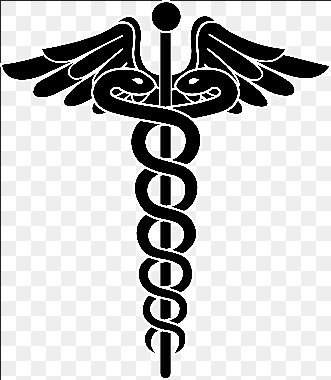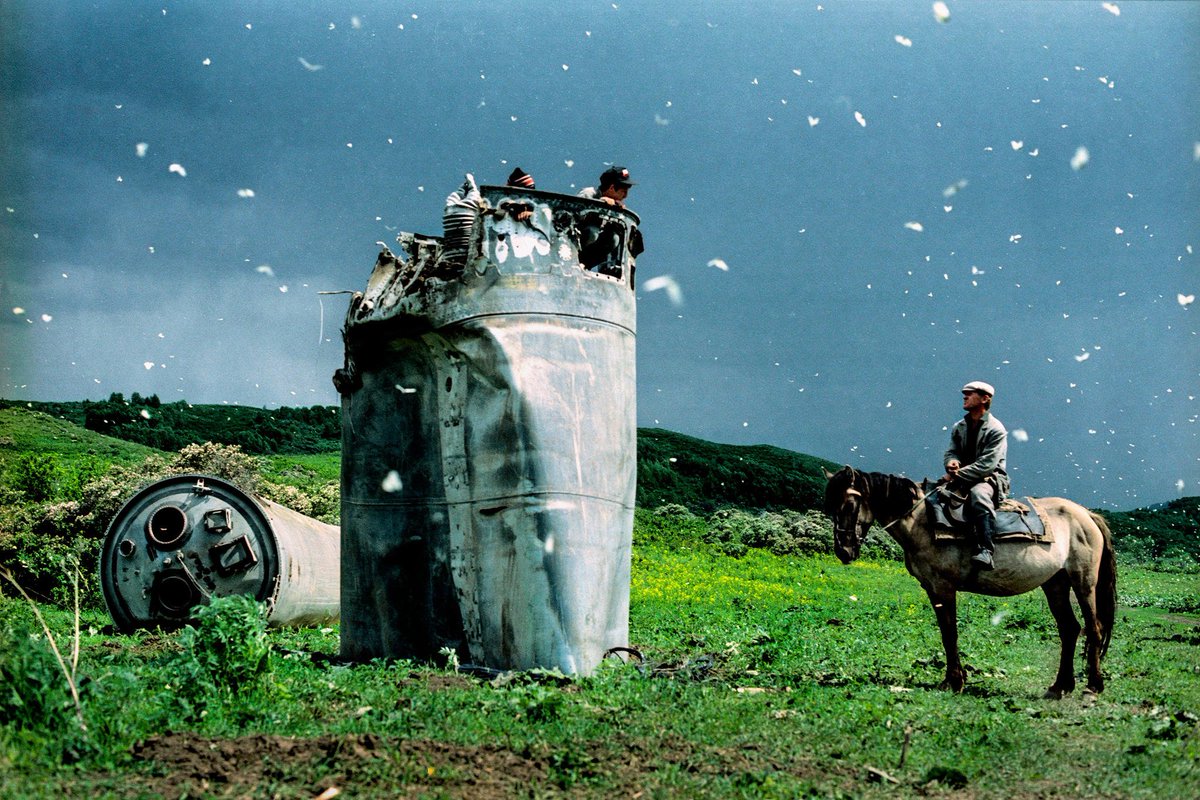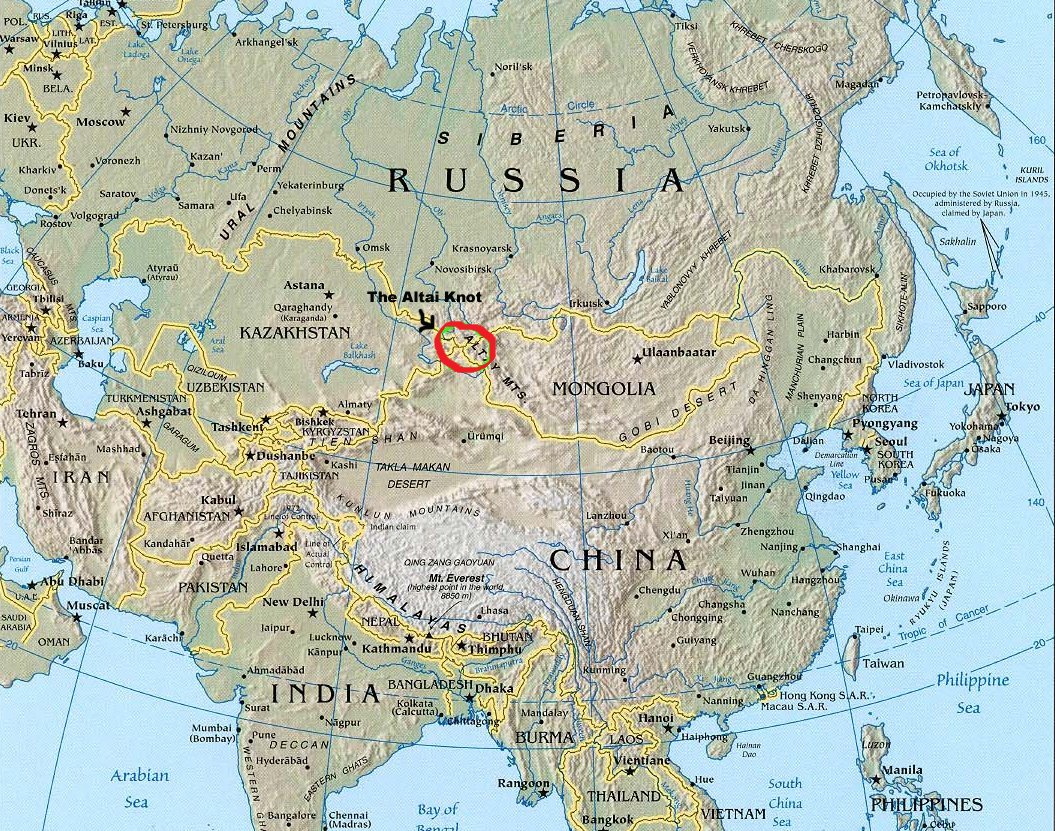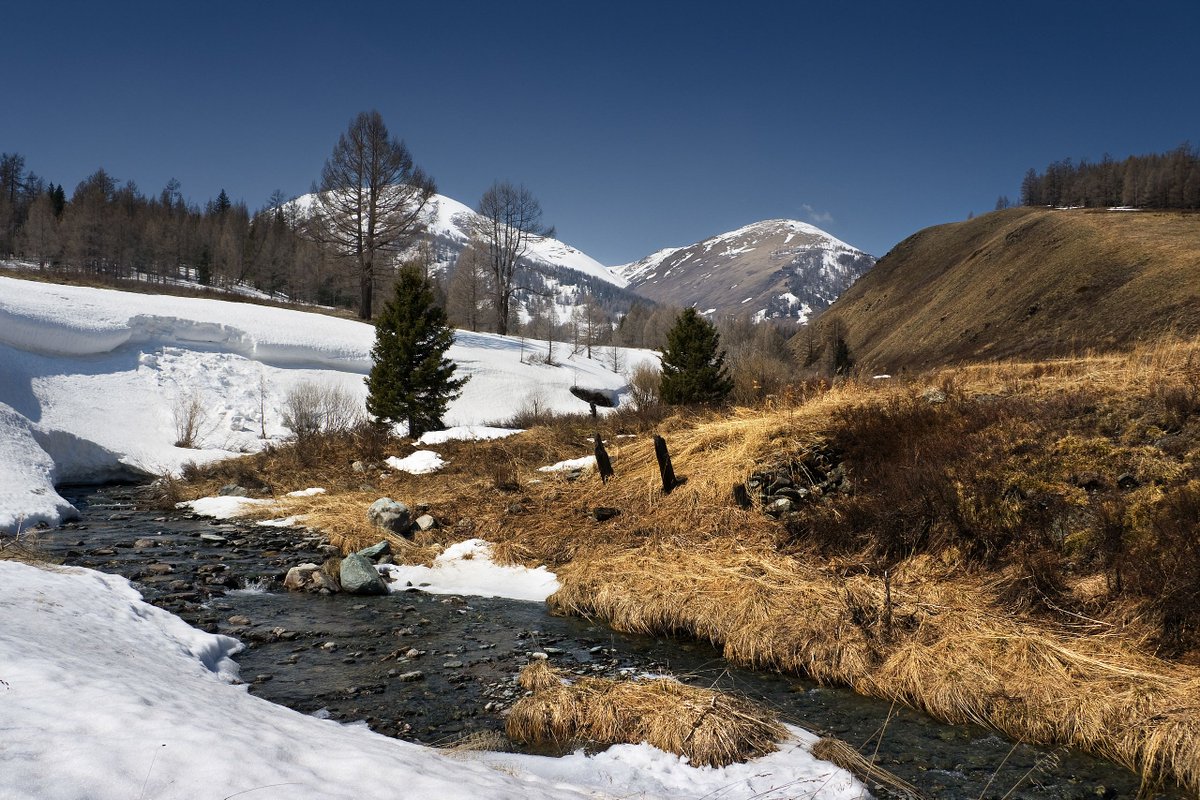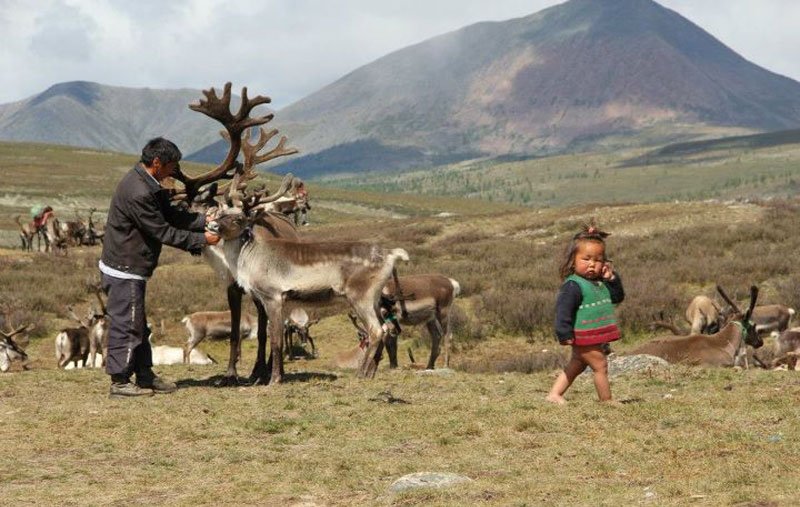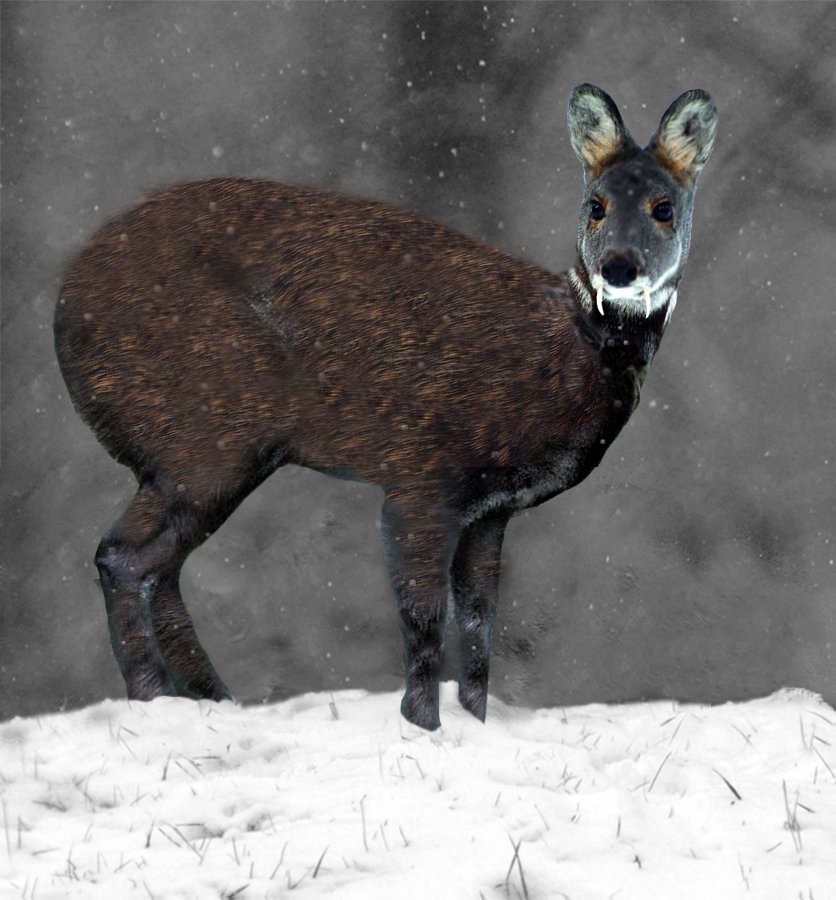#Huns #Xiongnu #Migration #JustinianicPlague
bbc.com/news/science-e…
Source on the ENSO cycle driving the migration of the 360's, 430's-460's, and 550's: booksandjournals.brillonline.com/content/books/…
Get real-time email alerts when new unrolls are available from this author!
Twitter may remove this content at anytime, convert it as a PDF, save and print for later use!

1) Follow Thread Reader App on Twitter so you can easily mention us!
2) Go to a Twitter thread (series of Tweets by the same owner) and mention us with a keyword "unroll"
@threadreaderapp unroll
You can practice here first or read more on our help page!







